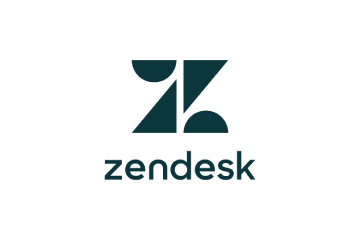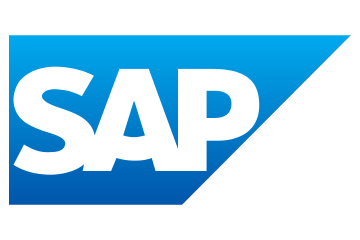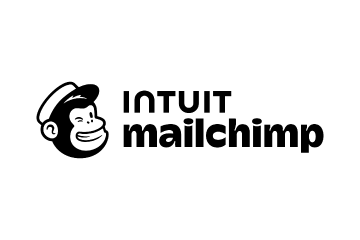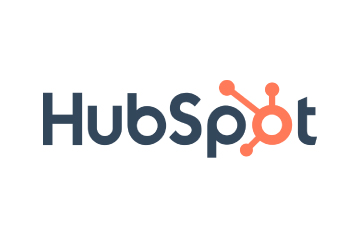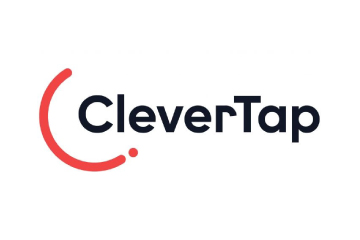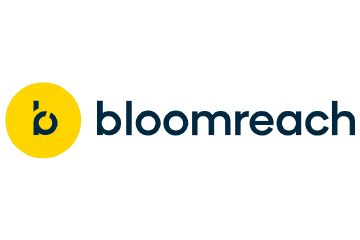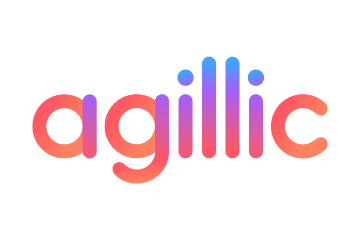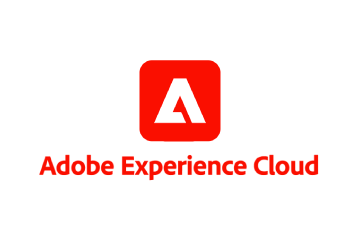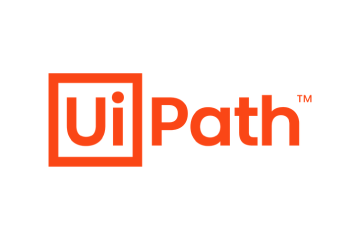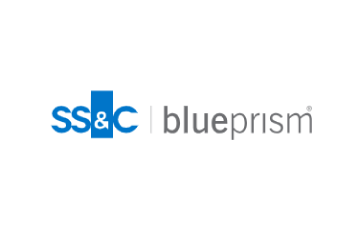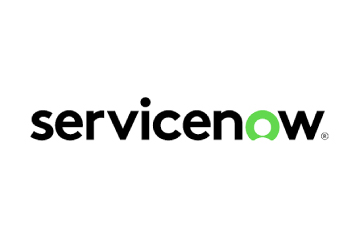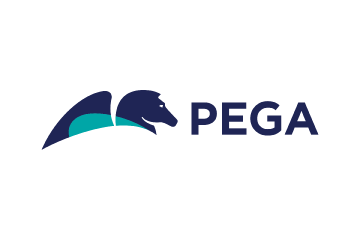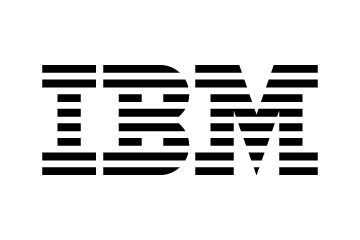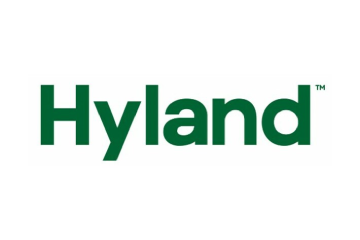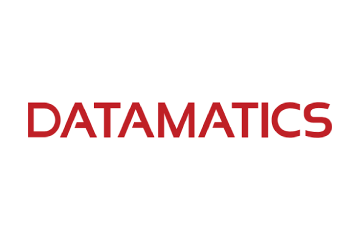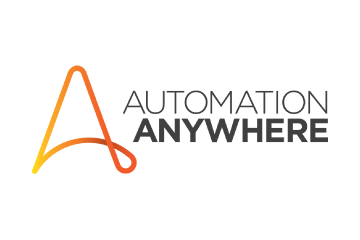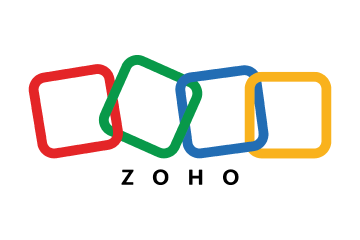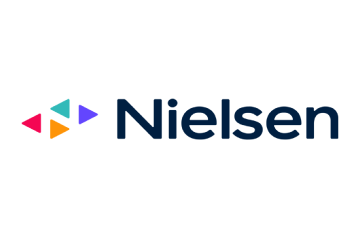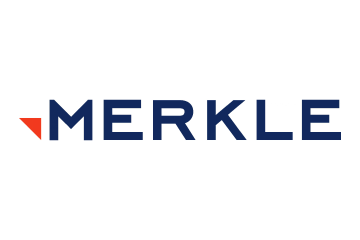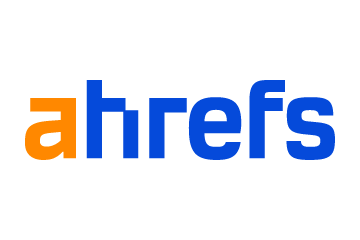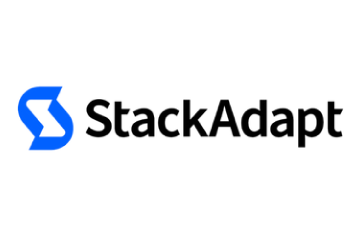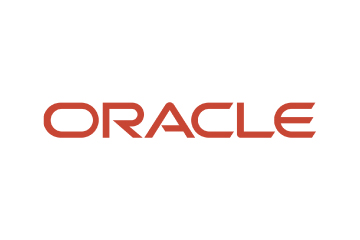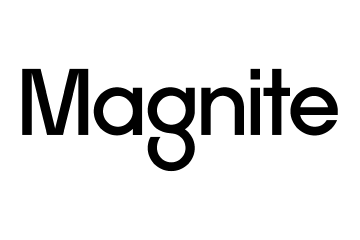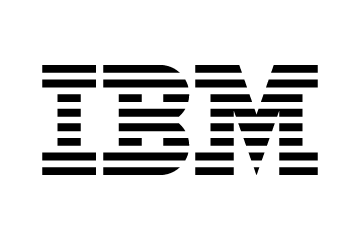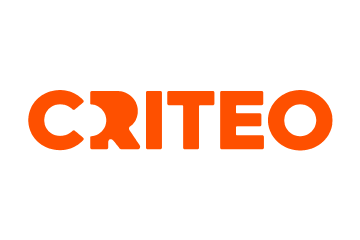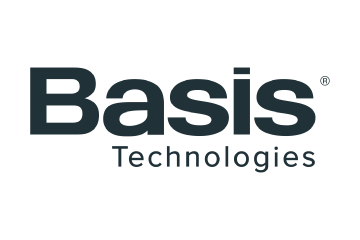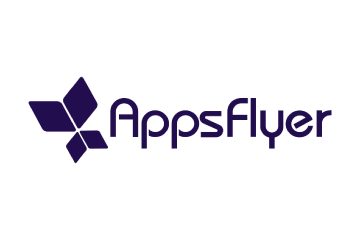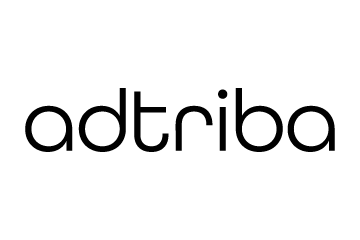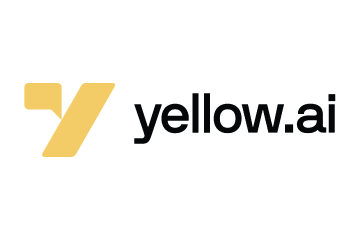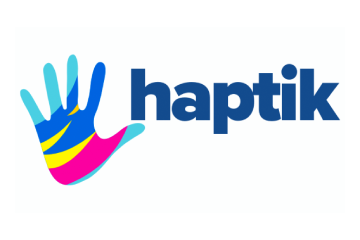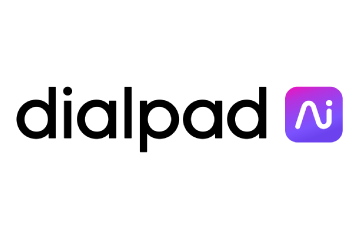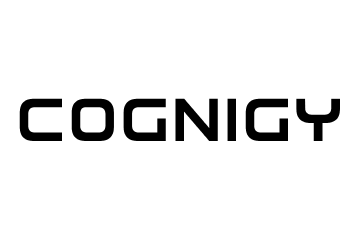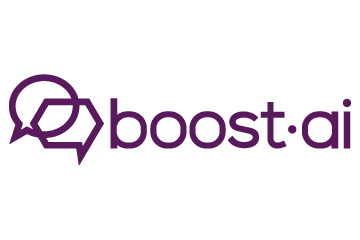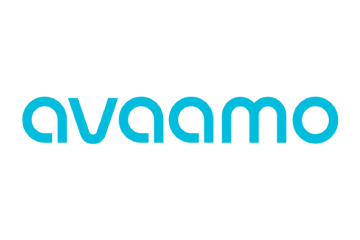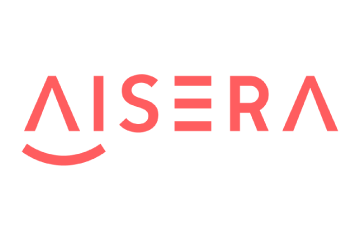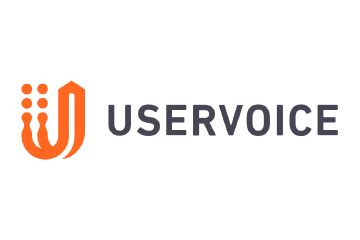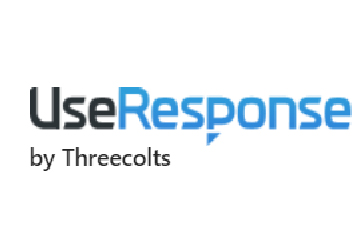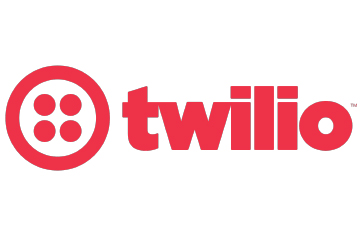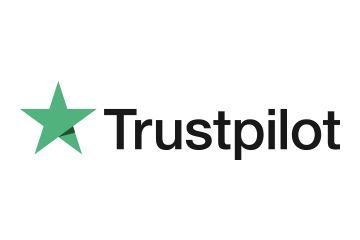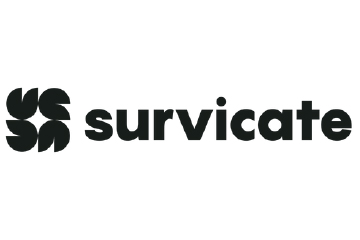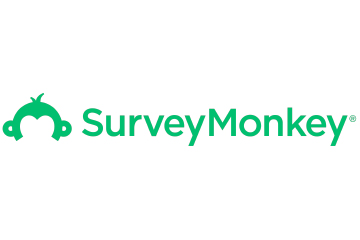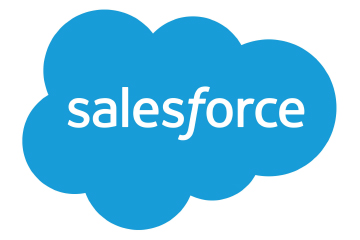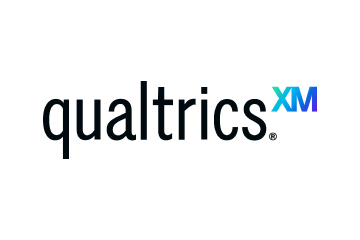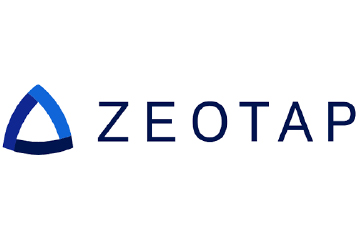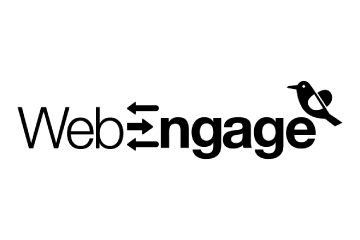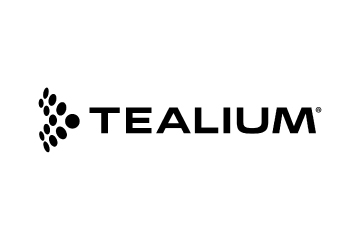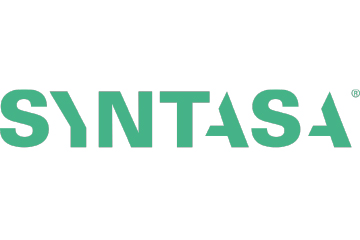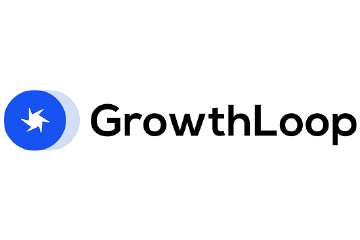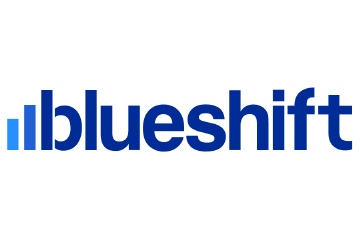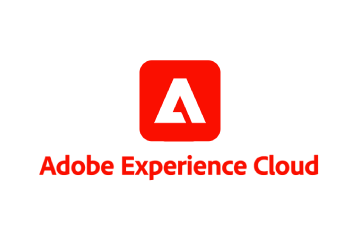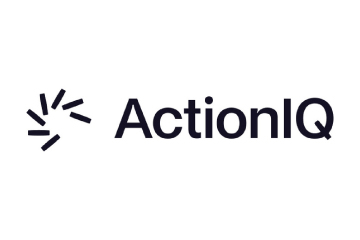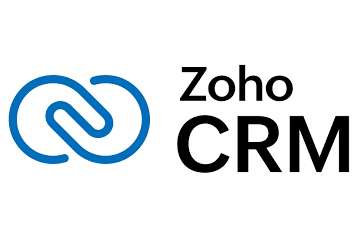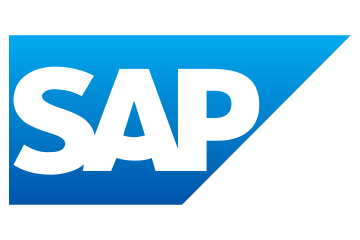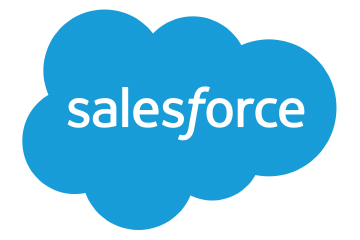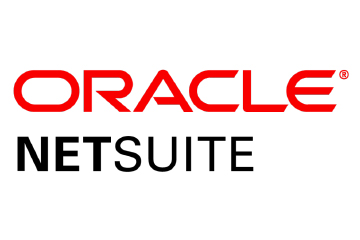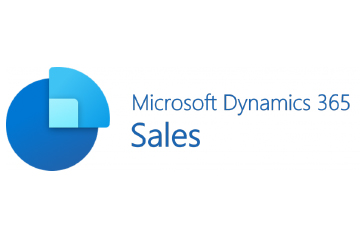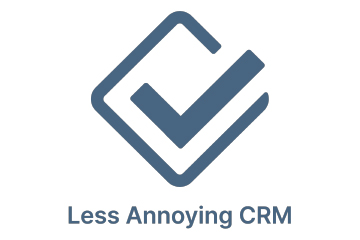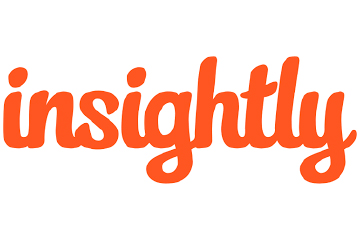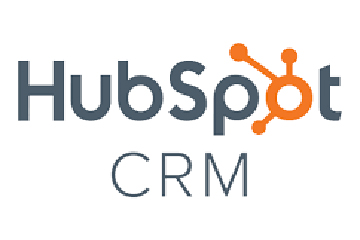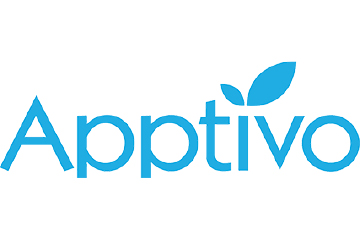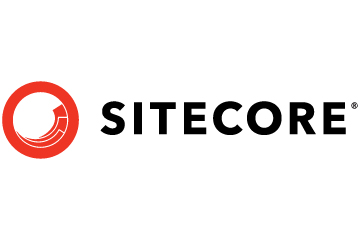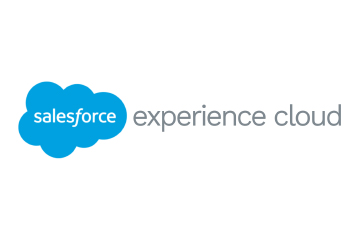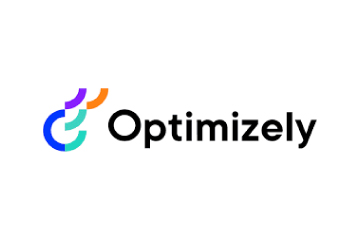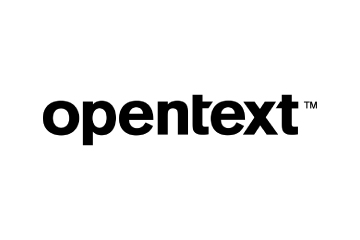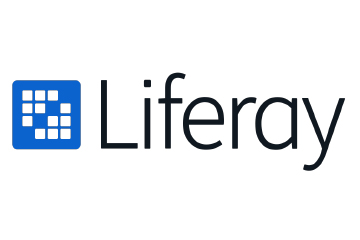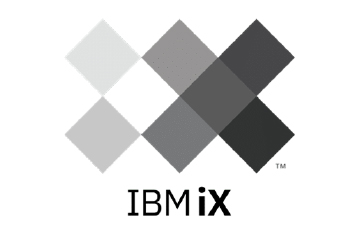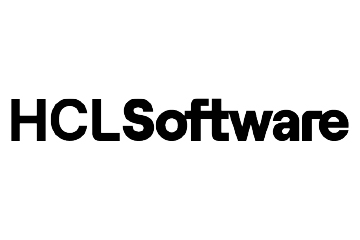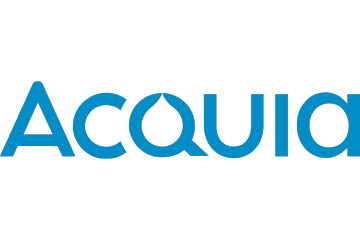Value Orchestration is What’s Next for Customer Success
As technology budgets tighten and ROI expectations grow, the real question isn’t whether SaaS and AI platforms are being used—but whether they’re making a difference.
Topics

Technology investments, particularly in SaaS and AI, are facing increased scrutiny as organisations demand clear ROI across all stakeholders. The critical question has shifted from implementation to impact: How effectively do these investments actually drive improved business outcomes?
Beyond Traditional Customer Success
Value orchestration represents the next evolution in customer success – a strategic approach that aligns technology utilisation with core business objectives.
Distinct from traditional customer success approaches, value orchestration enables deeper, more mature technology adoption that directly supports strategic business goals and measurable outcomes. In today’s increasingly competitive landscape, organisations pursuing a competitive advantage must carefully evaluate and implement emerging strategies. In an era of rapid technological evolution, forward-thinking companies are finding this type of strategic success through utilising innovative approaches such as this.
ALSO READ: 10 Ways Speech Analytics Will Transform Customer Engagement
Finding Your North Star
Historically, the customer success team at a technology partner was mainly focused on helping customers learn how to use the various features and functionality within a product. To be clear, that’s a valuable and highly worthwhile activity – but it tends to lead towards success being measured by usage metrics and feature adoption e.g., “how many users logged into the product this week?” or “are we getting 90% of end users to use the file upload feature?”
With value orchestration, this takes it further by ensuring customers draw out maximum value from their solutions. The key, however, is to determine if a solution is delivering value. The answer lies in understanding:
- Why did the customer purchase the software initially?
- What specific problems are they hoping to solve?
- Are they aiming to reduce costs, increase profitability, boost productivity, improve customer satisfaction, or create innovative service methods?
These specific goals—and any official OKRs tied to them—serve as the North Star for driving value.
Taking a Holistic View to Unlock Better Outcomes
With that knowledge in hand, what’s the best way to create deeper maturity – and deeper value – with the platform and solutions that customers are utilising?
In many cases, this requires a holistic view across the entire platform rather than a single product within the platform. For example, a customer might have a primary goal of improving productivity for key team members. A closer look at the way they’re using a product for a specific task might reveal that there’s actually a more efficient or purpose-built tool within the platform that they could be using that accomplishes the same thing in less time.
Think, for instance, of a customer manually performing a bulk edit on scores of documents within their document management system to adjust the security settings without realising that there’s a complementary product within the platform that performs that exact function in a much more streamlined fashion.
Value orchestration helps bring those productivity gains to the surface, unlocking better business outcomes that map to OKRs.
ALSO READ: The Silent Loyalty Killer: Internal Misalignment Between CX and Operations
Customised Approaches to New Functionality
With any SaaS platform, there are always going to be new features, new functionality, and new releases. Customers need to continue to evolve with the technology to justify their spend and validate their ROI.
For instance, many platforms now offer some form of AI capabilities. And while customers know that their users want AI, they don’t necessarily understand what specific problems the AI is going to solve.
Enter the value orchestration approach. Rather than just training the customers on the AI features and functionality within the platform and leaving it up to the customer to figure out what to do with it, a value orchestration approach takes a different tack.
This might mean introducing the trainers, power users in a specific department or the knowledge and innovation team to the AI capabilities first, so that they themselves can play around with it a bit, get familiar with it, and – from a position of first-hand experience – help the end users understand how they could use it in their day-to-day workflows.
These use cases need to be particular to the pain points and actual needs of the teams or groups using them if they’re to provide true value. Within the context of a corporate legal department, for example, the general counsel and staff might benefit greatly from using AI to find and extract specific clauses from past mergers and acquisitions agreements. A lawyer in a trust and estates practice, by contrast, might find the most value in using AI to summarise all rulings on elder care within a particular jurisdiction.
Both of the above examples feature professionals in the legal sphere, but their definition of what’s valuable to them and what’s going to drive better business outcomes is different. Value orchestration recognises those nuanced differences and makes sure the framework benefits a personalised approach when it comes to putting the technology into practice.
Driving Meaningful Impact
With value orchestration in the mix, technology transforms from a functional tool into a strategic asset that drives meaningful business outcomes. As customers demand clear ROI from their SaaS and AI investments, it’s up to tech partners to evolve from implementation partners to strategic value enablers. This is the key to making technology not just “functional” but a true driver of measurable, long-term impact.
ALSO READ: 5 AI Use Cases Every Customer Service Leader Should Be Scaling







